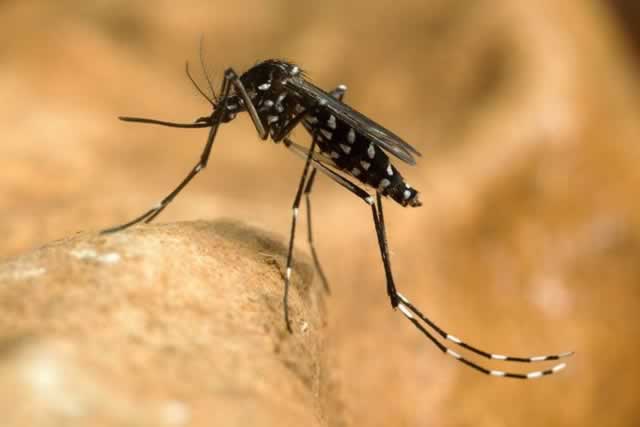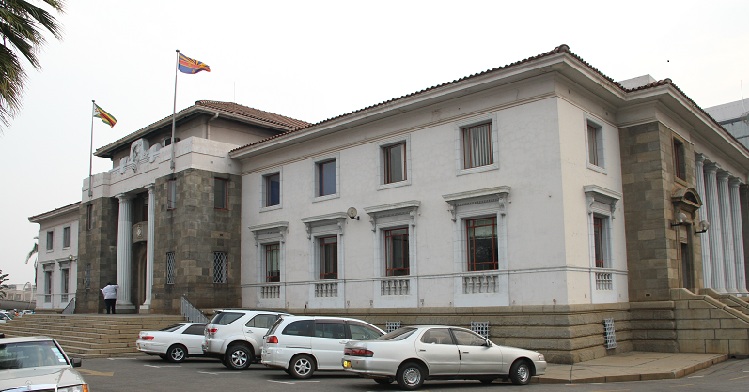Malaria kills 170 countrywide

Lisa Shirichena Herald Reporter
Sixteen people have died of malaria throughout the country, bringing the death toll so far this year to 171.
Manicaland is the hardest hit.
The Ministry of Health and Child Care weekly surveillance report shows that 12 233 malaria cases were recorded this week, bringing a total number of cases treated in a fortnight to 24 425.
“Of the cases reported, 10 426 and 12 deaths were under the age of five years,” reads part of the Government’s weekly report on disease surveillance. The deaths were reported from Chipinge district (1), Makoni district (2), Mutare district (2), Mutasa (1) and Nyanga district (3), all in Manicaland province, Murehwa district (1) and Seke district (1), both in Mashonaland East province, and Hwange district in Matabeleland North province (1).
“Mberengwa district in Midlands province (1), Chiredzi in Masvingo province (2), and Harare Central Hospital (1),” read the report. More than 100 000 people have been treated of malaria across the country since the beginning of the year.
Meanwhile, about 21 percent of students in tertiary institutions who were tested for HIV in the last quarter of 2014 are HIV positive, statistics released by the National Aids Council show.
According to the statistics, 1 456 students out of the 6 897 who sought HIV and Aids services from the school clinic or resource centre tested positive. These figures are an increase from the previous quarter were 601 students tested positive out of the 16 703 students who sought HIV and Aids services from the same health centres.
NAC attributed the increase to the number of students testing positive to various HIV and Aids interventions in tertiary institutions. “The increase in the number of students who tested for HIV could be attributed to the activities done in the tertiary institutions by SAYWHAT with support from NAC,” said NAC in its 2014 third quarter HIV report.
It further attributed the decrease in the number of students visiting the resource centres in the last quarter compared to the third quarter to closure of most schools in the country.
“The decrease of students who visited the resource centre could be attributed to the fact that the students were writing examinations and the closure of most institutions in November 2014,” it further reads. Student and Youths Working on reproductive health Action Team (SAYWHAT) director Mr Jimmy Wilford said the figures were not shocking, considering that students were exposed to environments that forced them to engage in risky sexual behaviours.
Mr Wilford said worst affected were female students, who have pressures of keeping up appearances and have more needs than their male counterparts such as sanitary wear and hairdo. “Students are sometimes forced to engage in risky sexual behaviours because of poverty and worst affected are female students, who have pressures of keeping up appearances,” said Mr Wilford.
He said another contributing factor could be that men viewed students as a low risk group hence coerced them into sexual relationships without protection.
“Issues of power dynamics then come into play as older man turn to younger women who have little or no say about the use of protection in their relationship,” Mr Wilford said. He called on Government to revive grants for students to enable them to cater for some of their basic needs and increase dialogue about HIV in communities, churches and schools.
Recently, the NAC revealed that tertiary institutions had high figures of new HIV infections with education authorities decrying rampant abuse of students by lecturers and other authorities.
There are about 1 384 254 people living with HIV in the country. Of these about 900 000 are on anti-retroviral treatment (ART).
In 2013 alone the country recorded about 70 000 new infections throughout the country.










Comments